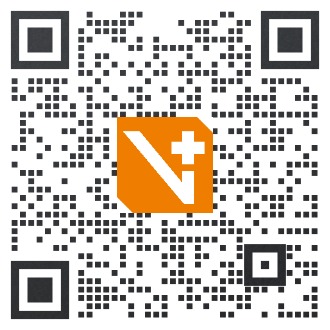
商务合作

动脉网APP

可切换为仅中文
Matt Hollingsworth, co-founder of Carta Healthcare Andrew Shin, MD, Executive Medical Director, Innovations & Clinical Effectiveness and Medical Director of Systems Design and Collaborative Research for Stanford Children’s Health Though AI has successfully been utilized in healthcare for decades, a Pew Research Center survey revealed that 60% are uncomfortable with their provider relying on AI for their own healthcare. This dichotomy is therefore likely due in part to a lack of awareness and understanding around the technology.
马特·霍林斯沃思(Matt Hollingsworth),Carta Healthcare联合创始人安德鲁·申(Andrew Shin)医学博士,斯坦福儿童健康系统创新与临床有效性执行医学总监兼系统设计与合作研究医学总监虽然人工智能已成功用于医疗保健数十年,但皮尤研究中心(Pew Research Center)的一项调查显示,60%的人对他们的提供者依赖人工智能进行自己的医疗保健感到不舒服。因此,这种二分法可能部分是由于对技术缺乏认识和理解。
Before the public is forced to understand complex, revolutionary, future-state technological developments in healthcare, they must understand how the technology is safely used today. Examples of this technology in motion include: The pulse oximeter, also called a plethysmograph or pleth, uses AI to calculate blood oxygen saturation based on the difference in transmission of red and infrared light in pulsating blood.
在公众被迫了解医疗保健领域复杂、革命性、未来状态的技术发展之前,他们必须了解当今该技术是如何安全使用的。这项技术在运动中的例子包括:脉搏血氧仪,也称为体积描记器或pleth,使用AI根据脉动血液中红外光和红外光的透射差异来计算血氧饱和度。
It was developed in 1972 and widely adopted in clinical practice in the 1980s and 1990s.The MRI (magnetic resonance imaging) scanner has been widely used and incorporated AI since the 1980s to detect conditions including brain tumors, multiple sclerosis, strokes, and infections. Modern AI applications for MRI can improve the speed and quality of scans and help with interpretation and diagnosis.The echocardiography machine, widely used with AI since the 1980s, uses sound waves to show how blood flows through the heart to search for heart conditions.
它于1972年开发,并于20世纪80年代和90年代在临床实践中广泛采用。自20世纪80年代以来,MRI(磁共振成像)扫描仪已被广泛使用并纳入AI,以检测包括脑肿瘤,多发性硬化症,中风和感染在内的疾病。MRI的现代AI应用可以提高扫描的速度和质量,并有助于解释和诊断。自20世纪80年代以来,人工智能广泛使用的超声心动图仪使用声波来显示血液如何通过心脏来寻找心脏状况。
According to this article in the Journal of Imaging, “Artificial intelligence can use raw echocardiography images/videos to automatically provide structural or functional measurements but also to identify disease states. This ability is based on AI’s capacity to automatically analyze .
根据《成像杂志》上的这篇文章,“人工智能可以使用原始超声心动图图像/视频自动提供结构或功能测量,还可以识别疾病状态。这种能力基于人工智能的自动分析能力。
最近内容 查看更多
LG推出Primefocus健康:在家进行个性化护理和远程监测
1 天前
CharmHealth EHR与VitaminLab集成,为患者提供个性化补充剂
1 天前
Exo Works®Connect简化了护理点超声波的实施
2 天前
产业链接查看更多
所属赛道